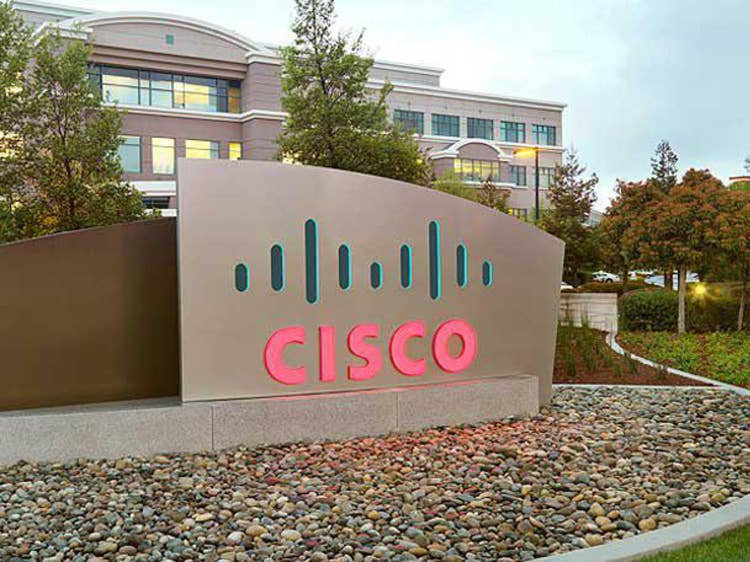Cisco Powers Hybrid Work With Private 5G, New Wi-Fi 6E And Catalyst Series
The tech giant rolls out a first-ever private 5G service and a portfolio of Wi-Fi 6E and Cisco Catalyst 9000X series powered by Cisco Silicon One – once only for hyperscale environments – to address enterprise hybrid work.

Cisco Systems is creating an enterprise networking and access portfolio equipped to handle the demanding and evolving needs of hybrid work environments, according to the tech giant.
Cisco introduced its first-ever private 5G service and a portfolio of Wi-Fi 6E (extended) and Cisco Catalyst 9000X series built with Cisco Silicon One to address remote working, flexibility, and security on Thursday. The new additions will arm partners and customers for connectivity demands of the future as the hybrid work trend takes hold, said Gregory Dorai, vice president of product, Secure Access portfolio for Cisco.
“I expect corporate campuses over the next year to go through a redesign and it’s a great opportunity for partners of Cisco customers to [decide], what use cases do we really want?” Dorai said.
[Related: Cisco Opens Webex To More Partners, Agents With Telarus]
To that end, Cisco revealed two new Wi-Fi 6E access points (APs), the Catalyst 9136 and Meraki MR57. Both APs feature 6E technology, which more than doubles the amount of RF spectrum available for Wi-Fi use because the standard, which was opened up in 2020 for unlicensed use, relies on the wider 6GHz band.
The two new APs will be a good fit for companies that are embracing hybrid work and who are making video collaboration a priority, Dorai said. “If you’re going after video collaboration aggressively and you want to support things like 4K and 8K video, those become target segments immediately,” he said.
The company launched Cisco Private 5G, a brand-new managed wireless service that complements Wi-Fi 6 and Wi-Fi 6E. Cisco Private 5G can be offered in partnership with Cisco’s service provider and technology partners on the back end, including AT&T and Verizon, as well as its channel partners.
Offering private 5G as a service doesn’t require customers to buy components or deal with complexity, Dorai said. Interest in private 5G is on the rise, especially for customers that have specific use cases in mind, such as industrial IoT, he added.
Cisco also unveiled a new series of core switches, the Catalyst 9000X line, which provides the speed, bandwidth capacity, and scale needed to support 100G/400G network access that can extend from the campus to the branch.
Perhaps most importantly, the new switch family has been built with, and made possible from a power density perspective, by Cisco Silicon One Q200 technology, the company’s unified silicon architecture. Up until now, Silicon One has only been deployed in web scale and service provider networks.
The introduction of Silicon One into the Catalyst line brings the technology to the enterprise for the first time. The technology offers programming flexibility, density, and a 20 percent reduction in power consumption for businesses and verticals that need a high level of capacity, such as financial services, Dorai said.
Silicon One lets Cisco and its partners address the “speeds and feeds” that were once required from hyperscaler data centers as those needs trickle down into the enterprise, without compromising on functionality, Dorai said.
“As we see it coming through, we can be very flexible in how we bring it to the enterprise segment without compromising on the enterprise features. That’s the tradeoff that [vendors] have historically done. When you go to the enterprise data centers, [customers] got the speeds and feeds, but they traded off on services and functionality,” he said. “With Silicon One, we can make those trade-offs as low as possible.”
The San Jose, Calif.-based company said that the Catalyst 9136 AP and Catalyst 9000X line is available now through the channel. The Meraki MR57 will be available by Cisco’s Q4. Cisco Private 5G orderability will be dependant on the service provider partner.